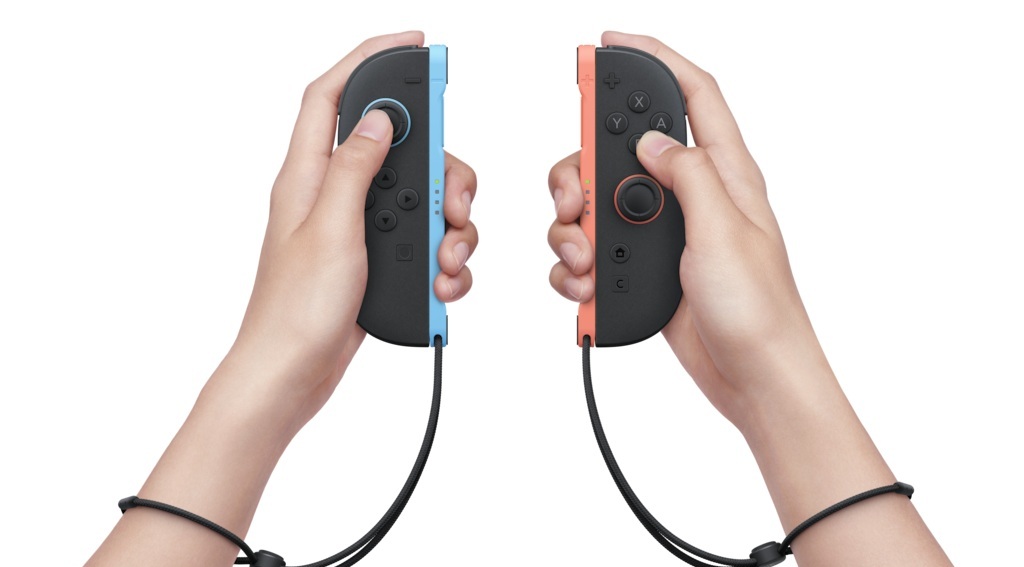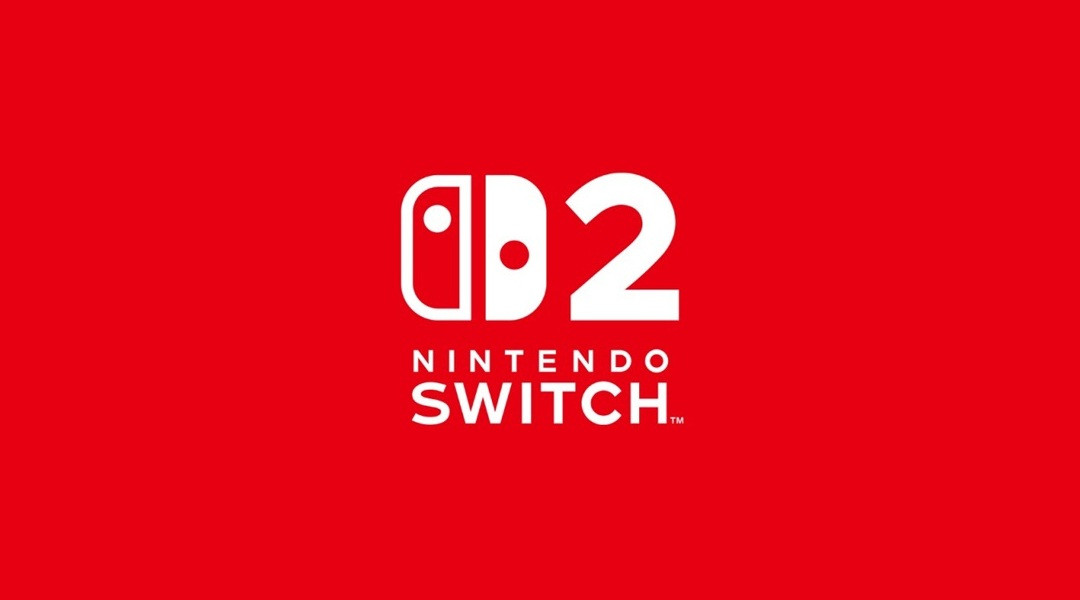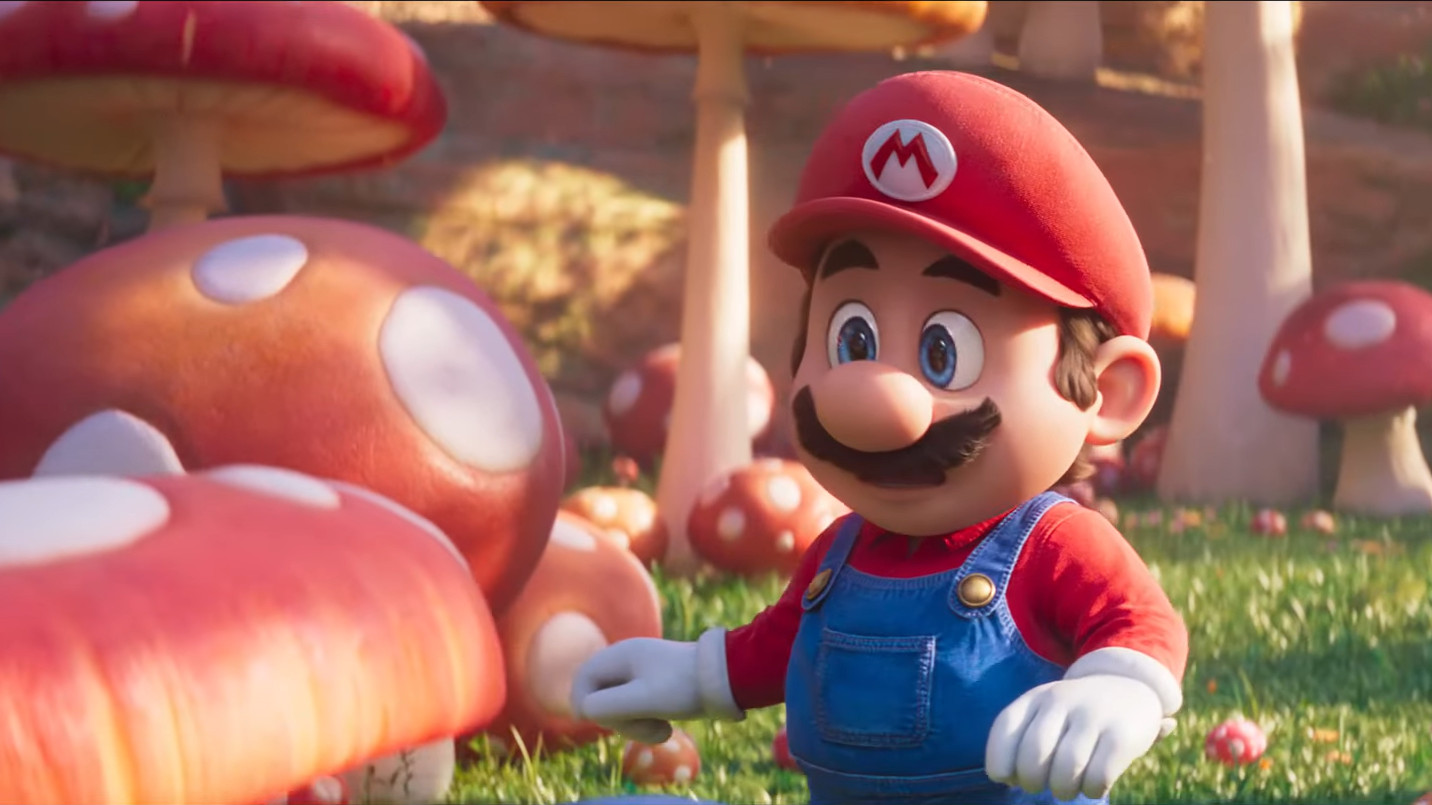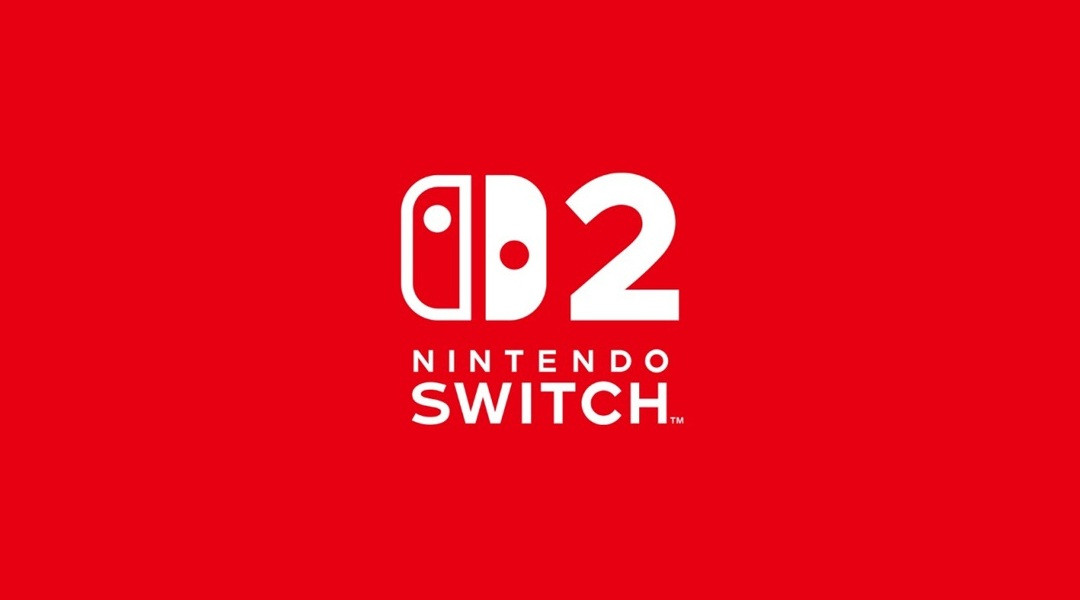Nintendo Switch 2 Developers Detail Innovative Magnetic Joy-Con Design
Entry information
Published on: April 19, 2025
Description
Nintendo has revealed intriguing new insights into the design process behind the upcoming Nintendo Switch 2’s innovative magnetic Joy-Con controllers.
During a recent interview with MobileSyrup, key hardware engineers discussed the significant departures from previous models, highlighting how advancements in technology have enabled Nintendo's signature approach to hardware innovation.
Since its introduction, the Nintendo Switch platform has been defined by its versatile Joy-Con controllers, renowned for their adaptability and inventive features.
With Nintendo Switch 2, scheduled to release in the near future, the company is setting new standards for controller design.
A standout feature disclosed by the development team is the use of magnets and metal components in the new Joy-Con's SL and SR buttons.
Tetsuya Sasaki, Nintendo's hardware design lead, explained that the SL and SR buttons inside the Joy-Con are now made of metal.
This material choice was specifically required for these buttons to adhere to the built-in magnet, ensuring a secure and reliable connection.
"The SL/SR buttons, which are located on the inside, are constructed from metal since they need to attach to the internal magnet.
Using metal for buttons is quite rare in console manufacturing, and it wasn't an idea that came naturally during development," commented Sasaki.
He added that the team experimented with numerous alternative solutions before technological advances made it possible to use metal effectively, ultimately achieving a design that now seems obvious in retrospect.
Elaborating further, producer Kouichi Kawamoto described the iterative process behind the Joy-Con’s magnet release mechanism.
Initially, the design did not include a button to disengage the magnet; players were expected to physically pull the Joy-Con away from the console.
Kawamoto recounted his dual requests to the hardware team: first, to use a strong magnet for durability, and second, to ensure the Joy-Con remained easy enough to remove.
This balancing act led to several rounds of prototyping, as some early concepts were limited by existing technology.
"We had many different ideas using magnets, but for some, the technology simply wasn’t available yet.
Ultimately, it took multiple tries before we arrived at the right solution," Kawamoto explained.
The drive to innovate on the Nintendo Switch 2’s controller follows the platform's tradition of groundbreaking hardware, from motion controls to HD Rumble.
The new magnetic Joy-Con aims to deliver enhanced usability while maintaining the playful spirit and accessibility that Nintendo is known for.
With millions of Nintendo Switch units sold worldwide and a track record of controller innovations, the company’s focus on thoughtful hardware design continues to resonate with fans and industry observers alike.
As anticipation builds for more official news and the eventual release of Nintendo Switch 2, these behind-the-scenes insights underscore Nintendo’s ongoing commitment to marrying cutting-edge design with user-friendly features.
Stay tuned for further developments as Nintendo prepares to usher in the next generation of hybrid console gaming.
Nintendo Switch 2 Joy-Con Nintendo Switch Nintendo Switch 2 Switch






